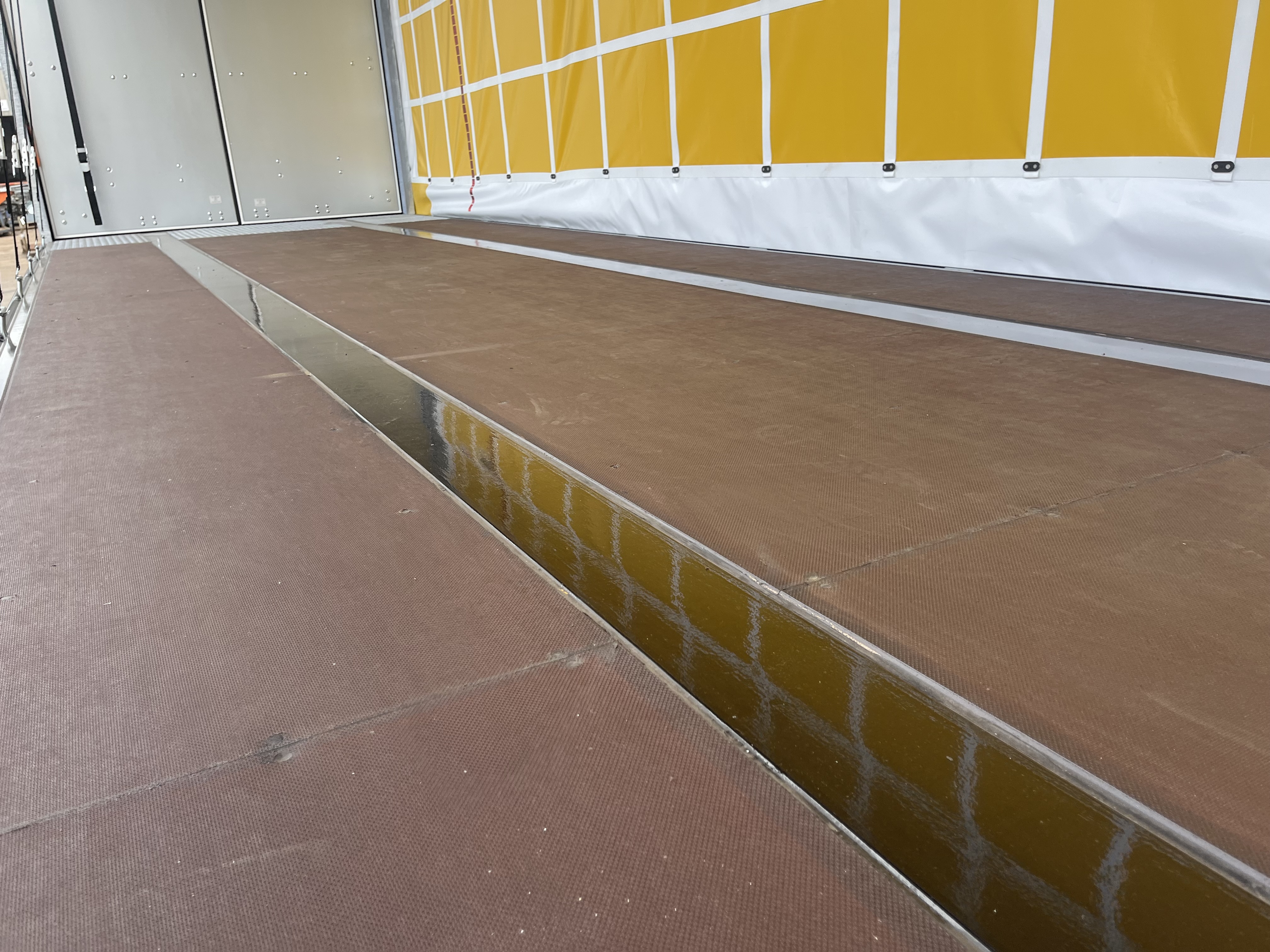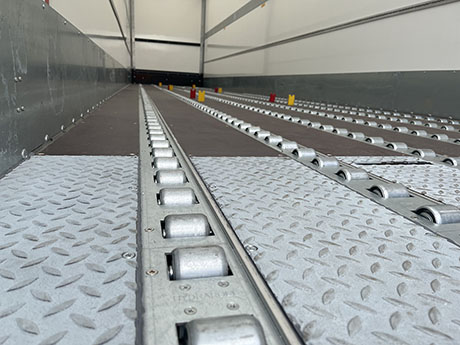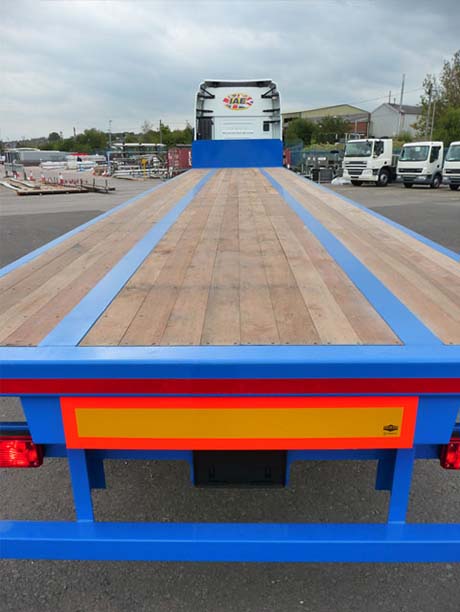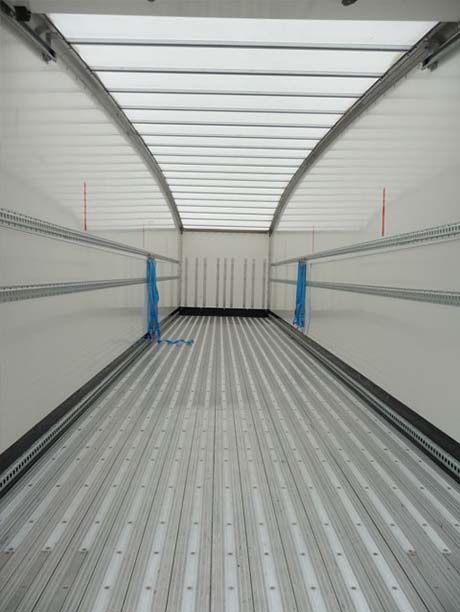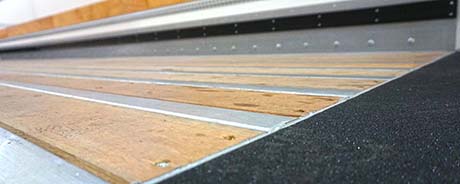When considering floor point load ratings for commercial vehicle bodywork, practical considerations play a crucial role in ensuring the flooring can withstand the demands of transporting cargo while maintaining safety and durability.
Key Considerations:
- Material Strength: Commercial vehicle flooring must be made of strong and durable materials to support the weight of cargo and withstand loading and unloading activities. Most floor panels are constructed from plywood with an anti-slip phenolic top coating. However, other floor materials may be available depending on the specific operation's requirements.
- Load Distribution: Proper load distribution is essential to prevent localized stress and potential damage to the floor. Manufacturers often design vehicle floors with reinforced sections or support structures to evenly distribute weight across the surface.
- Optimal Orientation: Some vehicle floor panels may have specific grain directions or structural configurations to optimize strength and load distribution. Ensuring correct panel orientation during installation is crucial for maximizing performance and longevity.
- Supporting Cross-Bearer Spacing: The spacing of supporting cross-bearers underneath the floor significantly affects the floor's point load rating. Thicker flooring and narrower support spacing generally result in higher load ratings, while thinner floors and wider support spacing may lower the rating.
- Practical Load Limits: While floor point load ratings provide valuable guidance, it's essential to consider practical load limits based on the intended use of the vehicle. Factors such as cargo weight distribution, frequency of loading/unloading, and environmental conditions should all be taken into account.
- Equipment Compatibility: Commercial vehicles often use materials handling equipment (MHE) like forklift trucks (FLTs) for loading and unloading cargo. Understanding the axle load ratings of MHE and ensuring compatibility with the vehicle floor is essential to prevent damage and ensure safety. Calculate the maximum point load of MHE by using the maximum loaded axle load and dividing it by the number of wheels.
- Critical Maximum Floor Rating and Factor of Safety: It's important to note that floor ratings (in kilograms) represent a critical maximum load, beyond which the floor may fail. Therefore, it's advisable to build in a factor of safety when determining the maximum permissible load to account for unexpected or dynamic loads, ensuring the floor can withstand real-world conditions without compromising safety.
Practical Application:
When designing or specifying commercial vehicle flooring, focusing on practical considerations such as material strength, load distribution, optimal orientation, supporting cross-bearer spacing, practical load limits, equipment compatibility, and building in a factor of safety is essential. By prioritizing these factors, manufacturers and operators can ensure that vehicle floors meet the demands of transporting cargo safely and reliably.
Conclusion:
In conclusion, practical considerations are paramount when evaluating floor point load ratings for commercial vehicle bodywork. By focusing on factors such as material strength, load distribution, optimal orientation, supporting cross-bearer spacing, practical load limits, equipment compatibility, and building in a factor of safety, manufacturers and operators can ensure the safety and reliability of vehicle flooring in transportation applications.
We’d love to hear from you – get in touch today!

